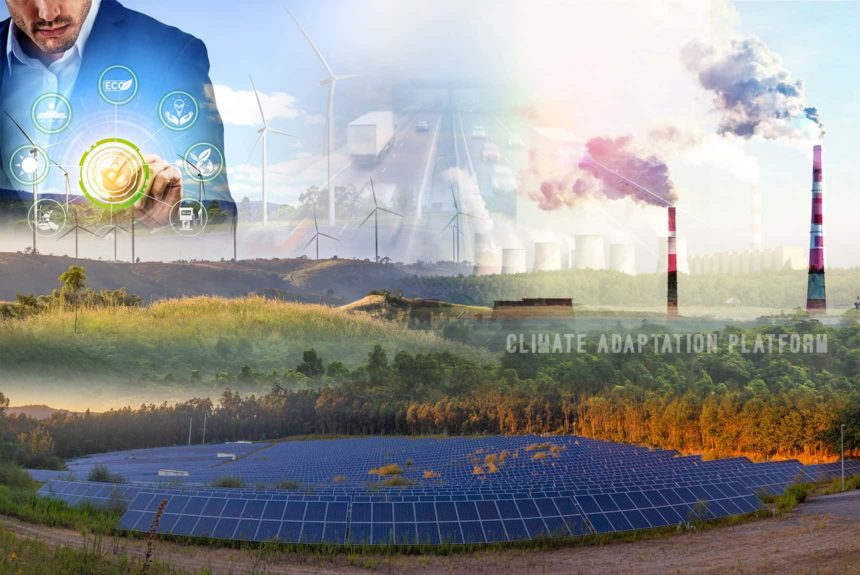Many businesses and companies have announced their net-zero plans and targets. They often do this by purchasing carbon credits to offset their GHG emissions.
Carbon markets connect the producers of carbon storage to the buyers seeking to reduce their emissions. A carbon credit is the tradeable commodity of the carbon market.
One carbon credit is equivalent to 1 tonne of CO2 of avoided emissions or emissions that has been captured in natural carbon sinks like forest, wetlands, or other nature-based projects.
Businesses can gain carbon credits by using renewable energy or through direct carbon capture technologies. They can either claim this or sell it to other companies.
Carbon markets offer other benefits, such as a fast-growing conservation finance tool to incentivise conservation outcomes that we are seeking, such as taking care of forests to enhance wildlife habitats, improve water quality, reduce wildfire risks. And all these conservation efforts and stewardships can be financed through carbon markets.
Who are the buyers of carbon credits?
There are two primary types of carbon credit buyers – compliance and voluntary markets.
The compliance market refers to companies and businesses under a cap-and-trade system, a system used by the European Union and in the United States.
The government puts a cap or limit to a business or industry’s emissions regarding how much CO2 metric tons equivalence they can emit. When they emit less, they can sell their carbon credits to other businesses.
Voluntary markets are companies or individuals taking responsibility for their emissions based on social corporate responsibilities or ethics. Because they do net-zero emissions voluntarily, they have more flexibility and self-regulate than the compliance markets.
Additionality, permanence, and leakage
How are we quantifying the ability of forests to sequester carbon offsets?
When measuring carbon offsets, concepts or terms like additionality, permanence, and leakage are important to keep in mind when measuring forest carbon sequestration.
Additionality
In its most basic, additionality asks whether the carbon generated from the forestry project is additional, or does it provide an additional benefit to the atmosphere or would it have happened anyway without the project or intervention.
To measure additionality is to first determine the carbon already stored in the project area. This is known as establishing the baseline. Then the additional carbon captured or sequestered because of the intervention can be quantified, known as additionality.
Therefore, determining the baseline is critical and must represent a particular area used in the project to sell offsets and should use the best available science and data because it involves subjectivity. Therefore, carbon projects and methodologies must maintain integrity and credibility in treating the baseline.
Permanence
Permanence means that the carbon sequestered or captured is kept from the atmosphere for a long time. For example, when a forest captures carbon, project owners need to ensure that these forests are not burnt down or harvested for timber or land used for other purposes after a few years.
Leakage
Leakage happens when emissions reduction in a project site is negated due to increased emissions in another area. It simply means that a business or company is shifting its bad activity – emissions, to another location.
Hence to make sure that the carbon credit you’re paying for indeed delivers a climate benefit, the project must have an accurate baseline to start with to allow correct measurement of the additional carbon sequestered due to the intervention.
The project should also ensure that the trees, forest, or project area are protected from the risk of emissions – due to wildfires or infestations, logging for a very long time (permanence). The project should not lead to leakage – for example, the project that aims to capture and stores emissions do not justify emissions in another site.
Watch out for our next blog that discusses the controversies surrounding carbon offsets, such as accounting problems and how big oil companies and other businesses can use offsets to continue investing in fossil fuels.
Source:
Do you get what you pay for? Monetising Forests via Carbon Credits. (2021, October). Climate Now. Retrieved from https://climatenow.com/podcast/monetizing-forests-via-carbon-credits-do-you-get-what-you-pay-for/
Irfan, U. (2020, February 27). Can you really negate your carbon emissions? Cabon offsets, explained. Vox. Retrieved from https://www.vox.com/2020/2/27/20994118/carbon-offset-climate-change-net-zero-neutral-emissions



Leave a Reply